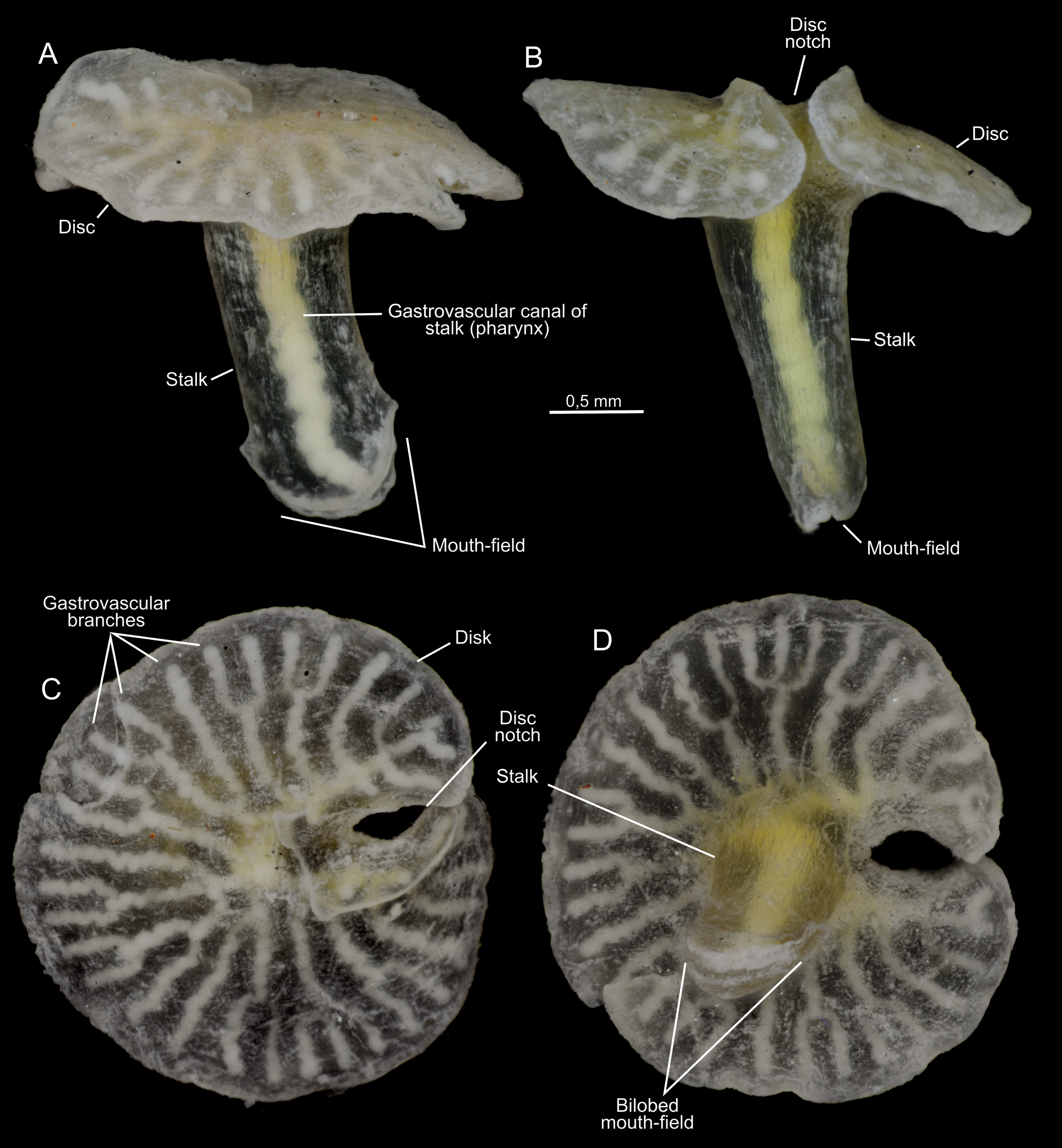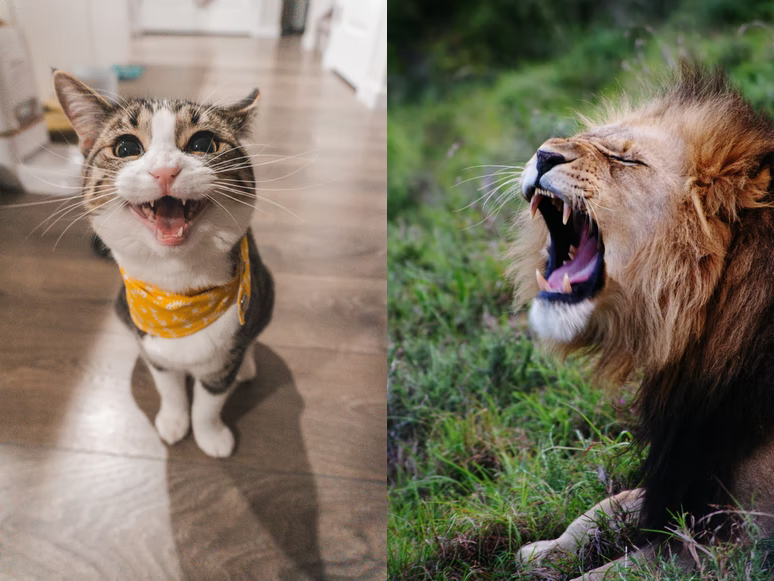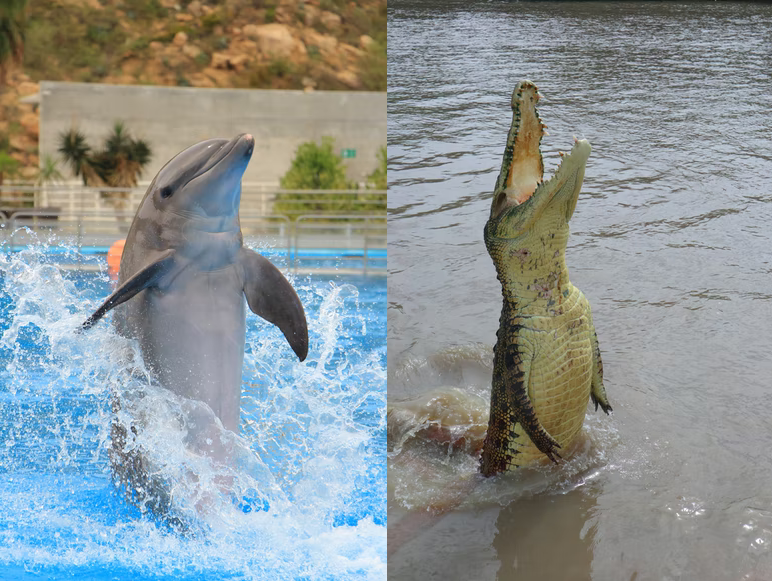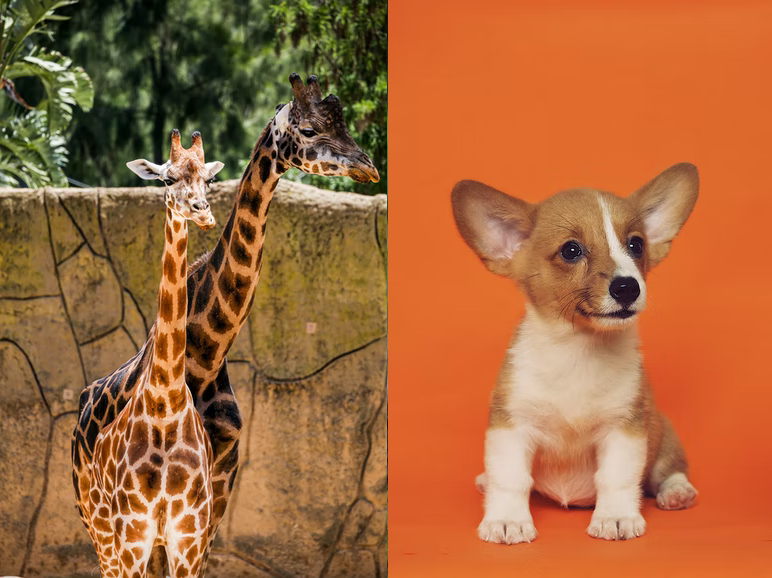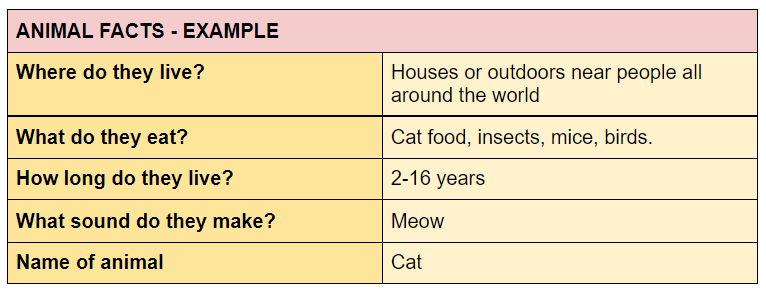Dictionary
Ability
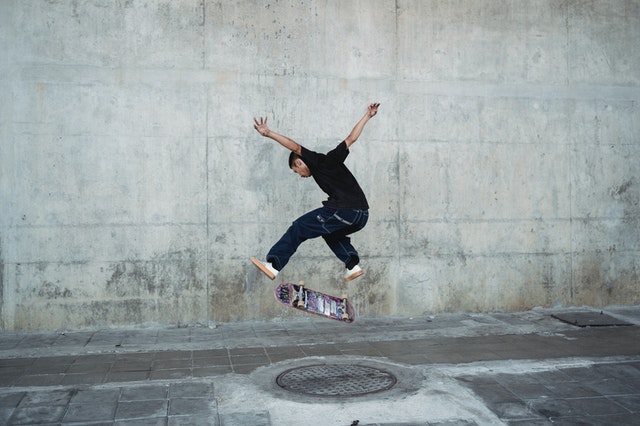
- Definition:
-
Special skills or attitudes to do something.
Destrezas especiales o actitudes al hacer algo.
- Example:
-
This girl has a great musical ability.
Esta chica tiene una gran habilidad musical.
- Spanish word:
-
Habilidad.
- Audio:
Appearance
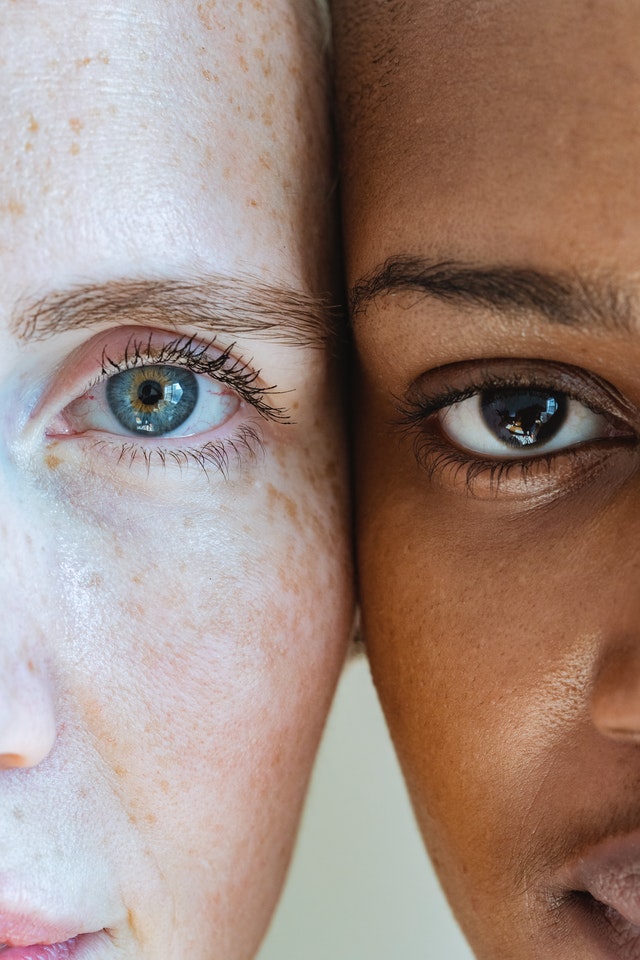
- Definition:
-
The way that someone or something looks.
El aspecto en el que se presenta alguien o algo.
- Example:
-
You have an attractive appearance.
Tienes un aspecto atractivo.
- Spanish word:
-
Apariencia, aspecto.
- Audio:
Feather

- Definition:
-
One of the light, horny structures that form the principal covering of birds.
Cada una de las ligeras formaciones córneas de que está cubierto el cuerpo de las aves.
- Example:
-
The bird has big wings with white feathers.
El ave tiene grandes alas con plumas blancas.
- Spanish word:
-
Pluma.
- Audio:
Spot

- Definition:
-
A different mark on the skin.
Una marca diferente en la piel.
- Example:
-
Cheetahs have black spots.
Los guepardos tienen manchas negras.
- Spanish word:
-
Mancha, punto.
- Audio:

